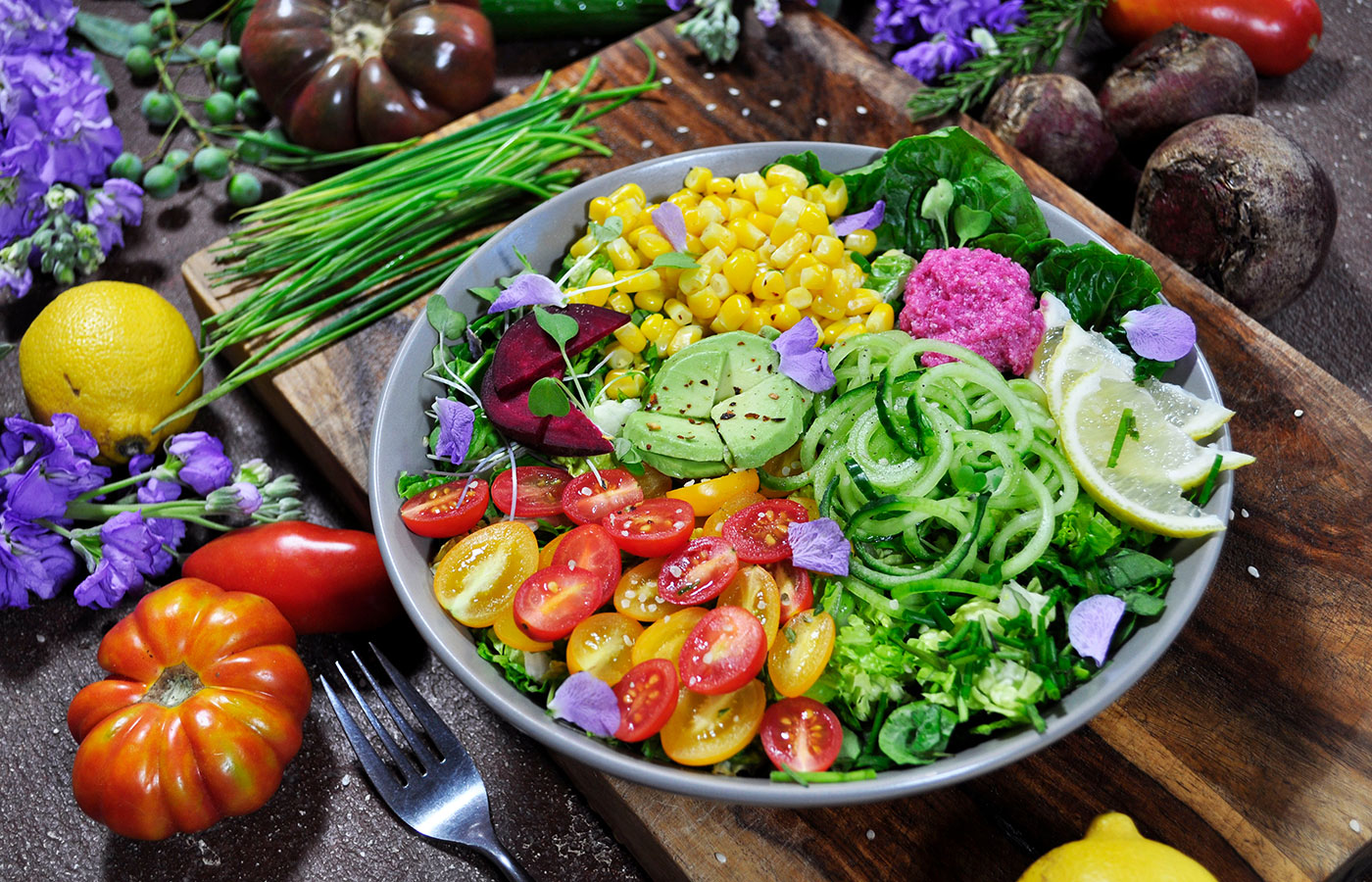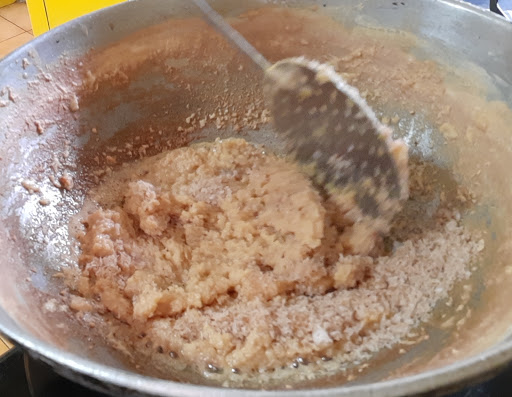This recipe is really worth a try. It is different from the Palak recipes that we usually come across. As the name suggests the Palak/Spinach had been cooked in coconut milk. Surprised? Well, the flavor of the coconut is very subtle and does not overpower the palak at all. The coconut milk gives a creamy texture to the dish. This dish goes well with rotis, paratha, and rice. It is a simple and healthy recipe with loads of flavour. This is an excellent way to add palak to your diet, as Palak/spinach is rich in iron and fibre. This recipe is adapted from a similar recipe I spotted on @ budgetbytes.com. I have also added a small video for this recipe for easy reference.
When I made this dish I had only 1 bunch of Spinach and then when I tasted the dish I regretted making it with just a bunch as it tasted so good, that we all craved for more. So made it again within a week's time. If you feel this dish might be very bland because of the coconut milk, let me assure you that on the contrary, it holds on to how much ever spice you put. So one could increase or decrease the spice as per their preference.
While you are here please view my other recipes like Palak Paneer, Coriander rice, Kothimbir vadi, Drumstick curry, Mixed vegetable curry and more.
Here is the recipe of Creamy Palak in Coconut milk for you-
Ingredients:
Palak/Spinach 1 bunch
Coconut milk 1 pouch (200 ml)
Onion 1 large finely chopped
1 Tomato large finely chopped
Garlic 5 cloves finely chopped
Cumin seeds 1/2 tsp
Turmeric powder 1/2 tsp
Salt as required
Red chilli powder 1 tsp( add more for more spice)
Coriander powder 1 tsp
Fennel powder 1 tsp
Garam Masala powder 1/2 tsp
Directions:
Chop the Palak finely and wash. Drain all the water and put the Palak in a pan. Pour 200 ml coconut milk to the palak and switch on the flame. Keep stirring and cooking the Palak. While cooking keep mashing the Spinach with the back of a ladle from time to time. Cook on low flame until most of the coconut milk is evaporated and the mixture resembles a mash. Transfer to another plate/ vessel. Now in another pan/ kadai heat some oil. Add the cumin seeds and as they splutter add the chopped garlic and saute for 30 seconds or until nicely brown. Now add the turmeric powder followed by chopped onion and saute until the onions start turning brown. Now add the chopped tomatoes and saute for a minute. Now add the salt and cook until the tomatoes start turning mushy. Keep mashing the tomatoes as you stir them. Add the chilli powder followed by coriander powder and fennel powder and stir. Now add the cooked Palak and mix well. Cook for a minute or 2 on low flame, add the garam masala and put off the flame. The Creamy Palak in Coconut Milk is ready to serve.
Serving Suggestions: Rotis, Parathas, Rice and also works as a dip for bread. To use as a dip just blitz in a blender for a single spin after cooking.
STEPWISE RECIPE FOLLOWS:
1. Assemble all ingredients. Chop the Palak, wash and drain all the water.
2. Put the Palak into a pan and add the coconut milk and put it on the flame. Add salt.
3. Cook on low flame until most of the coconut milk gets evaporated. Keep mashing the Palak with the back of a ladle while cooking. The mixture should resemble a mash when cooked. Transfer to a plate or vessel.
4. Now in a karahi or pan heat some oil and add the cumin seeds. As they splutter add the chopped garlic and saute for 30 seconds.
5. Now add the turmeric powder followed by chopped onions and saute until the onions start turning brown.
6. Now add the tomatoes and saute for a minute. Add the salt and continue to cook for a minute. Keep mashing the tomatoes as you cook. Now add the red chilli powder, followed by coriander powder and fennel powder and cook until the tomatoes turn mushy and the mixture looks like a paste.
7. Now add the Palak cooked in coconut milk and mix nicely. Lower the flame and let it cook for a minute. Finally, add the garam masala powder and switch off the flame. The Creamy Palak curry is ready to serve.
NOTES:
1. I have used only 1 carton of coconut milk and hence the flavour of coconut was mild. For a more intense flavour add more coconut milk. You can use up to 250 ml for a bunch of spinach.
2. As mentioned in serving suggestions this recipe works well as a sauce or dip for bread. Just blitz the curry through a blender after cooking it to use as a sauce.
SHORT VIDEO OF RECIPE HERE👇
If you tried this recipe and liked it please comment below. I would love to hear from you. If you have a query about the recipe email us and ill respond as soon as I can.






















































